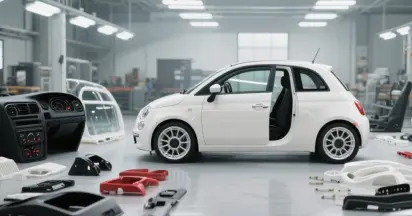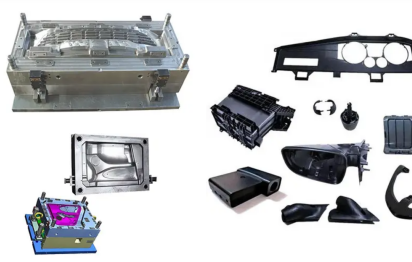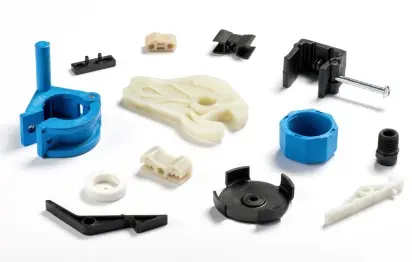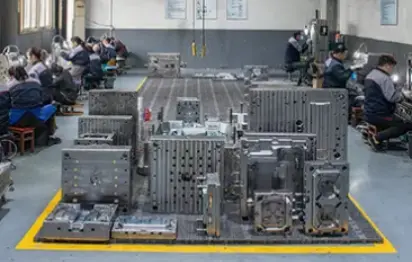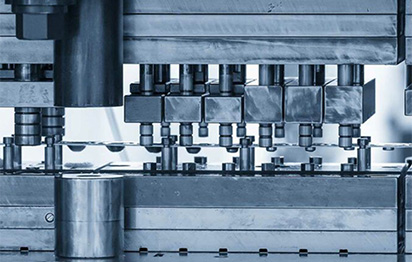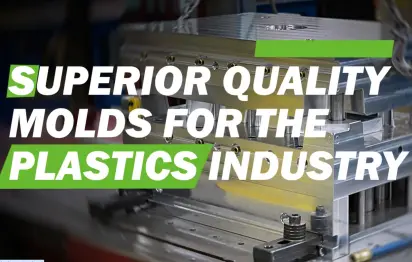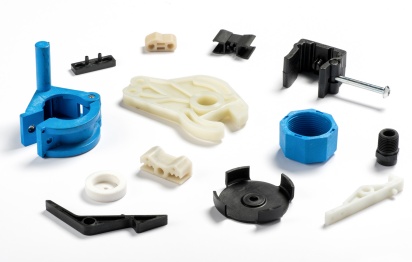What Is Overmolding? A Guide to the Process, Benefits, and Applications
Overmolding is a versatile manufacturing process that has become essential across many industries. But what exactly is overmolding, and how do you know if it’s right for your product?

Overmolding is a two-step Injection Molding process that combines multiple materials to produce a single, unified component. The process begins with molding a base material—known as the substrate—which forms the core structure of the product. Then, a secondary material (typically a softer thermoplastic elastomer) is molded over or around the substrate, creating an outer layer that enhances the product’s function, aesthetics, and durability.
The primary goal of overmolding is to combine the structural integrity of a rigid material with the flexibility, comfort, or grip of a softer material—delivering both performance and user-friendly design in a single part.
Key Benefits of Overmolding
Overmolding offers a range of advantages that make it a go-to solution for manufacturers looking to enhance both functionality and user experience:
Enhanced Functionality: Integrating different materials allows for multiple characteristics within one component. For example, adding a soft, non-slip surface to a tool handle improves grip and usability.
Improved Ergonomics: Soft-textured surfaces molded over hard substrates increase user comfort and reduce fatigue during prolonged use.
Durability & Protection: The overmolded material provides impact resistance, shock absorption, and protection for both the user and the internal components.
The Overmolding Process: Step-by-Step
The overmolding process involves several stages that require careful planning, precise material selection, and specialized tooling. Here's a breakdown:
1. Material Selection
Success starts with selecting compatible materials. The base material (rigid substrate) and the overmold material (typically softer) must bond effectively. Common substrates include: ABS (Acrylonitrile Butadiene Styrene), PC (Polycarbonate), PP (Polypropylene), PE (Polyethylene) and POM (Polyoxymethylene).
Overmold materials are typically flexible thermoplastics like: TPE (Thermoplastic Elastomer) and TPU (Thermoplastic Polyurethane).
2. Mold Design
Overmolding requires two molds—one for the base and another for the overmolded layer. These molds must be precisely engineered to ensure proper fit and adhesion between materials. Gate placement, venting, and cooling channel layout are critical to achieving consistent, high-quality results.
The mold must also accommodate shrinkage, cooling rates, and include ejection systems like ejector pins for clean product removal.
3. Substrate Injection Molding
The first injection step uses a rigid material to form the substrate. The material is heated, melted, and injected into a mold cavity under high pressure. Once cooled and solidified, the substrate is ejected and prepared for the second molding phase.
4. Overmolding
Next, the substrate is placed into the overmold mold. The secondary material is heated and injected over or around the substrate. Cooling channels manage temperature and prevent premature separation or deformation. As it cools, the two materials form a strong mechanical or chemical bond.
5. Final Product Ejection & Quality Control
Once fully bonded and cooled, the finished product is carefully ejected from the mold using ejector pins. A thorough quality inspection follows to ensure the product meets all functional and aesthetic requirements.
Is Overmolding Right for Your Product?
If your product needs ergonomic improvement, enhanced grip, vibration dampening, or a premium feel, overmolding is a smart solution. It enables the combination of multiple material properties in a single part—reducing assembly time, improving durability, and elevating user experience.
Partner with DX Mold for Expert Overmolding Solutions
Overmolded components are everywhere—from toothbrushes and power tools to surgical instruments and wearable tech. At DX Mold, we bring precision, experience, and innovation to every overmolding project.
Whether you're in the early stages of product development or ready for full-scale production, we can help turn your vision into a high-quality, manufacturable reality.
Get in touch today to explore how overmolding can add value to your next product.






